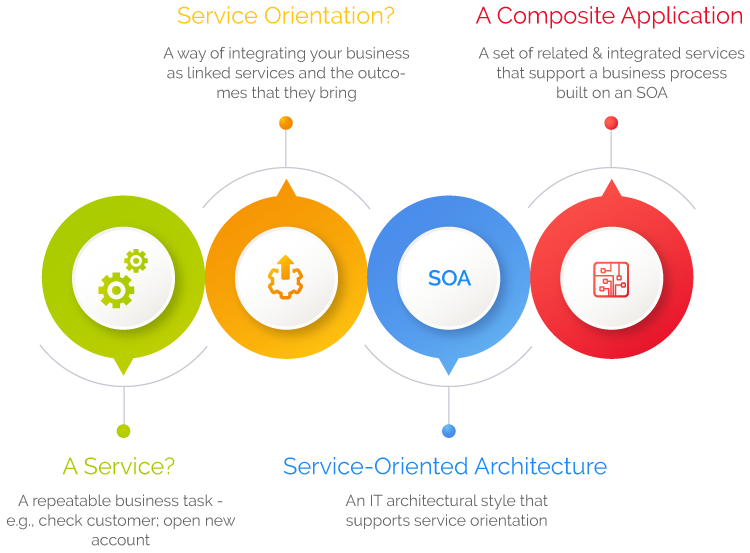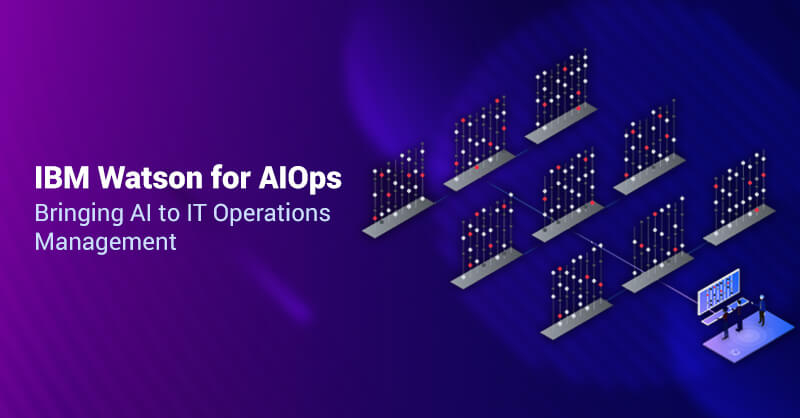Service-Oriented Architecture (SOA)
The Service-Oriented Architecture (SOA) has been providing the foundation of business computing. Its ability to significantly accelerate the development of business-critical applications promotes business agility, decreases total cost of ownership, and greatly increases the efficiency and strategic value of IT.
Introduction
SOA is a business-centric IT architectural approach that supports connecting your business as linked, repeatable business tasks, or services. - IBM
The flexibility of SOA unites both business and IT requirements that can be easily integrated and adapted.

Architectural Principles:
- Loose Coupling
- Services keep a relationship that reduces dependencies and only maintain a recognition of each other
- Service Contract
- Services follow a communications agreement as defined collectively by one or more service description documents
- Service Abstraction
- Services hide logic from the outside world which is beyond what is mentioned in the service contract.
- Service Reusability
- Logic is split into services with the intention of fostering reuse
- Service Composability
- Collections of services can be coordinated and gathered to form composite services
- Service Autonomy
- Services have command over the logic they encapsulate
Challenges:
- Managing services
- Inadequate attention to governance of services can cause performance and reliability issues
- Delivering proper security for roles
- Promising inter-operability of Services
- Deciding about appropriate boundary and responsibility of each Service
When to use SOA?
Below are the drivers for the usage of Service-oriented architecture:
Large-scale Enterprise systems
Reduce the cost of doing business
Implementation abstraction
Business process reuse (multiple use cases for the same process)
Benefits:
Decreased cost:
- Add value to core investments by taking advantage of existing assets
- Reducing integration expense
Built for change
- Incremental implementation approach is supported.
- Helps applications evolve over time and last
Services Scale
- Build scalable, evolvable systems
- Scale down to mobile devices
Platform independent Use
- Loose Coupling allows flexibility



